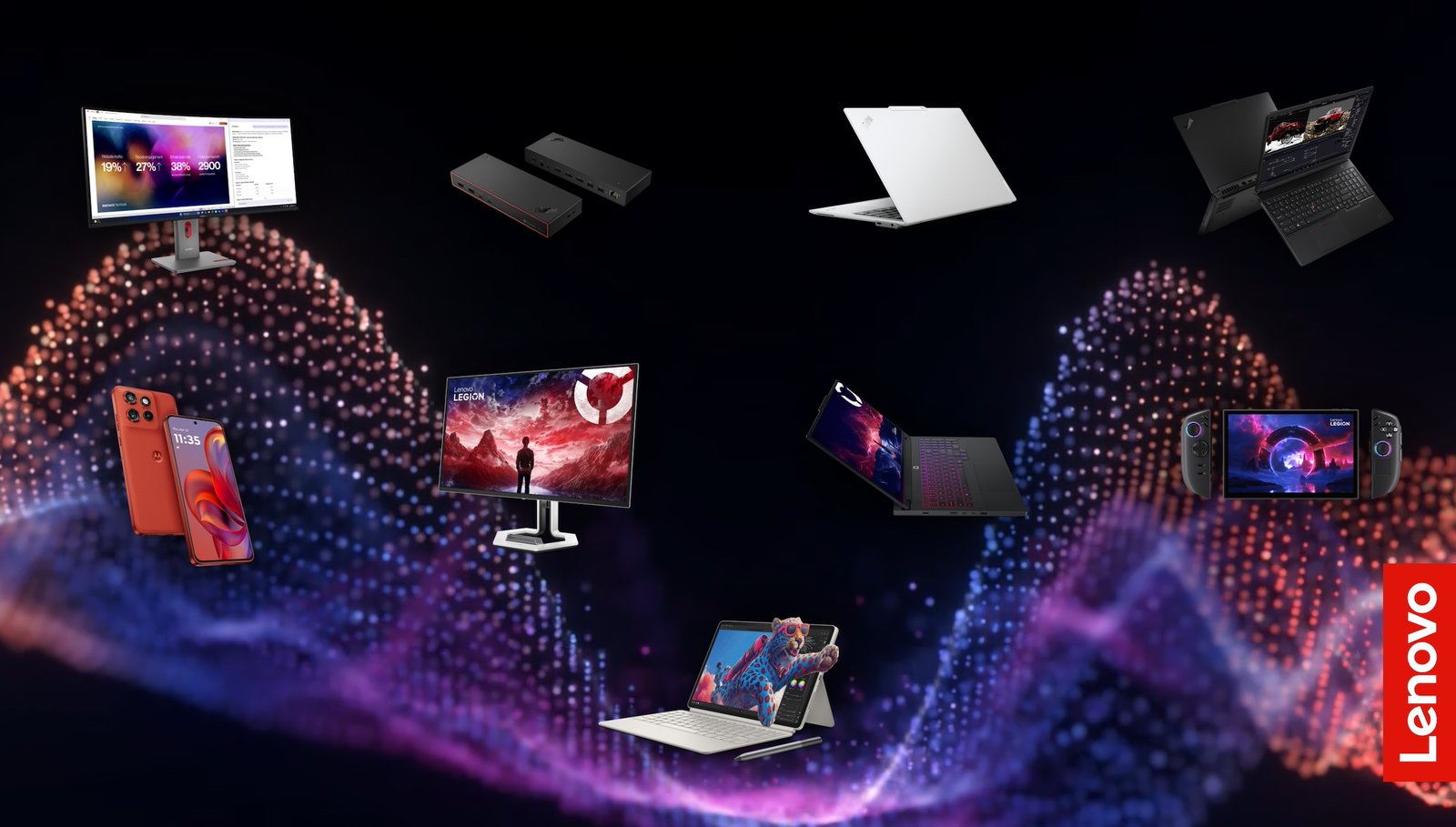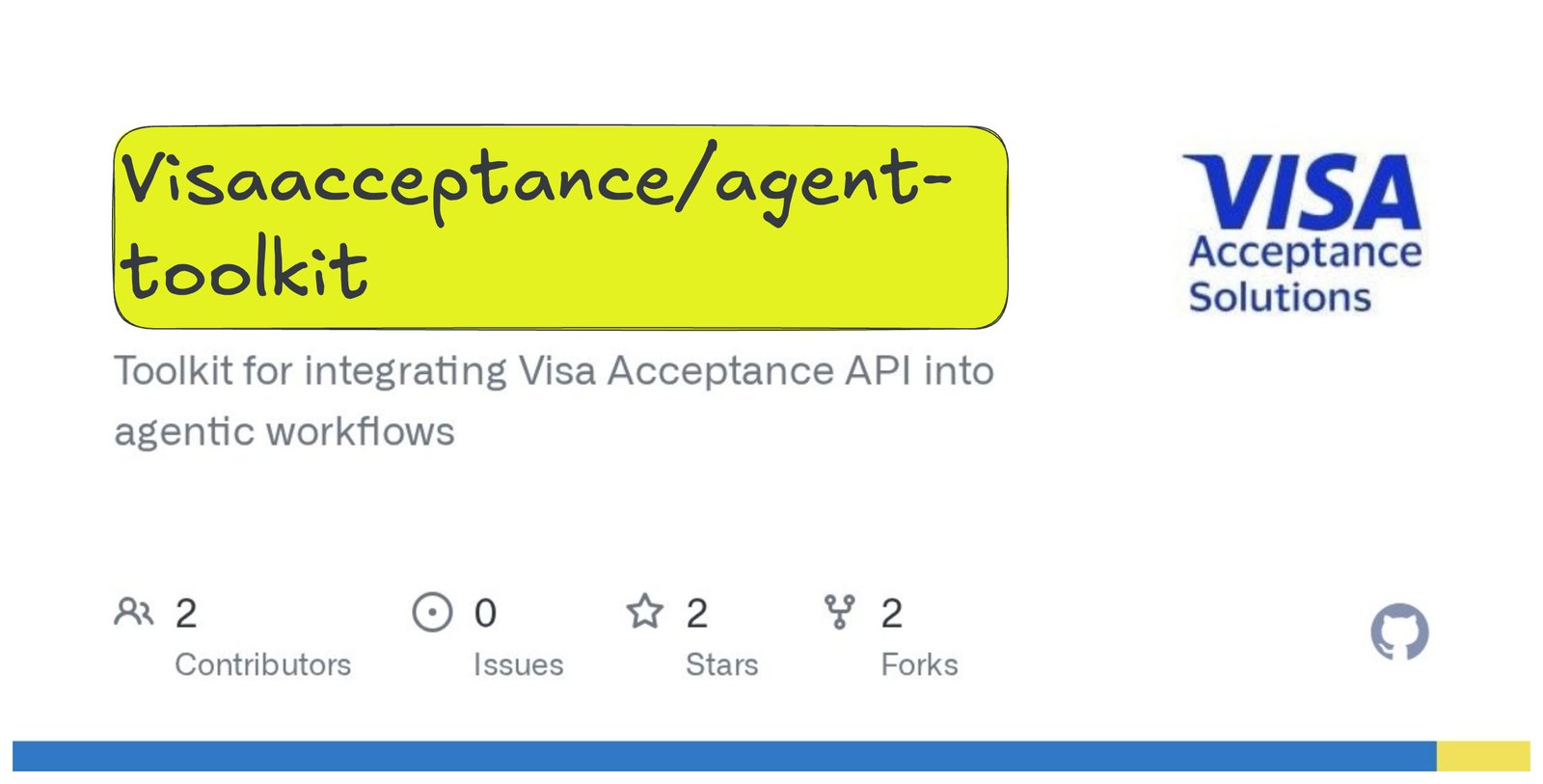Business
Report: 52% of Employees Willing to Use AI against Company Policy

A nationally representative survey of over 1,000 U.S. office workers finds a growing use and misuse of artificial intelligence (AI) within workplaces, as employees at all levels disregard company policies and shift their trust from humans to tools.
The Insider AI Threat Report by CalypsoAI, an AI security provider, found that 52% of the workforce is willing to break their company’s AI policy if it makes their jobs easier and 25% have already used it without checking to see if it is allowed.
Additionally, 45% of employees say they trust AI more than their co-workers and 38% would prefer an AI manager over a person. At the C-suite level, 50% of executives said they’d prefer AI managers over humans. One-third of workers surveyed (34%) said they would quit their jobs if they couldn’t use artificial intelligence tools in their workplace.
Across the workforce, 28% admitted to using AI to access sensitive data, while 28% also revealed they’ve submitted proprietary company information so that AI could complete a task. Among C-suite executives, 35% said they have submitted proprietary company information so that AI could complete a task for them.
The entry-level workforce is among the most vulnerable to security risks, with 37% of entry-level professionals admitting they wouldn’t feel guilty for violating their company’s AI policy. For many, regulations aren’t even part of the decision, with 21% of entry-level workers saying the rules are unclear, so they just do what works.
The report also reveals significant risks in highly regulated industries, where the use of AI poses a high-stake risk of errors, ethical concerns, and unintended consequences affecting people’s health, the economy or national security.
- In the finance industry, 60% admit to violating AI rules, and a third say they’ve used AI to access restricted data.
- In the security industry, 42% of workers knowingly use AI against policy, and 58% say they trust AI more than colleagues.
- In the healthcare industry, only 55% of workers follow their organization’s AI policy, and 27% would rather report to AI than a human supervisor.
“These numbers should be a wake-up call,” said Donnchadh Casey, CEO of CalypsoAI. “We’re seeing executives racing to implement AI without fully understanding the risks, frontline employees using it unsupervised, and even trusted security professionals breaking their own rules.”
Business
Lenovo unveils full portfolio of AI-powered devices, experiences across consumer, business, and mobile

Berlin, Germany — At Lenovo™ Innovation World 2025, Lenovo introduced its latest portfolio of AI-powered innovations to date. Spanning high-performance PCs, intelligent tablets, immersive gaming devices, and Motorola smartphones, the new lineup reflects Lenovo’s vision of Smarter AI for All — bringing generative AI and hybrid intelligence into everyday workflows, creativity, and entertainment.
“From adaptive form factors and AI-ready workstations to handheld gaming, creator tablets, and moto ai-enabled smartphones, Lenovo is continuing to redefine what technology can do for people and businesses in the AI era,” said Luca Rossi, President of Lenovo’s Intelligent Devices Group. “This isn’t about future potential, it’s about delivering real, everyday AI experiences now for hyper-personalization, productivity, creativity, and data protection. All this is grounded in our belief that smarter technology, including smarter AI, should be accessible, useful, and empowering for all.”
– Advertisement –
AI for Business: Accelerating Performance with Smarter Commercial Solutions
Lenovo is reimagining how professionals interact with their devices through bold new AI-driven concepts. The ThinkBook™ VertiFlex Concept features a rotatable 14-inch screen and AI-adaptive UI for seamless horizontal and vertical modes, while the Lenovo Smart Motion Concept demonstrates a multi-directional laptop stand with gesture control, voice commands, and health-focused ergonomics.
For power users, Lenovo expanded its portfolio of AI-ready commercial workstations, led by the redesigned ThinkPad™ P16 Gen 3 and updated ThinkPad P1 Gen 8, P16v Gen 3, P16s i Gen 4, and P14s i Gen 6. configurable with high performance options, these mobile workstations are built to support AI development and high-performance creative workflows at every level.
Also new is a Glacier White color option for the ThinkPad X9 Aura Edition, one of Lenovo’s AI-enhanced Copilot+ PCs, with limited availability in both 14- and 15-inch sizes.
To support multitasking and immersive productivity, Lenovo introduced the ThinkVision™ P40WD-40, a 39.7-inch curved ultrawide monitor with 5120×2160 resolution, Thunderbolt™ 4 one-cable docking, and an energy-efficient design that helps reduce power consumption. Complementing the display experience is a refreshed ThinkPad Smart Dock portfolio, including the Thunderbolt™ 5 Smart Dock 7500 offering high-speed performance, cloud-based device management, and support for up to four high-refresh-rate displays. The Magic Bay HUD for ThinkBook, first previewed as the Tiko Pro concept earlier this year, will soon be available in select markets.
To help customers accelerate real-world AI adoption, Lenovo is piloting the development of on-device AI assistants through its AI Fast Start services program, leveraging Intel’s AI Assistant Builder. The pilot reflects how Lenovo’s services-led approach can help organizations in sectors like publishing, healthcare, and finance quickly deploy tailored, privacy-first AI solutions.
For the full press release, go here.
AI for Consumers: Creativity, Portability, and Immersive Gaming Experiences
For PC gamers, Lenovo expanded its Legion portfolio with the global debut of the Lenovo Legion Go (8.8″, 2) handheld gaming PC, featuring improved TrueStrike controllers, OLED display, and expanded battery life. Also announced were the Legion Pro 7 (16”, 10), the LOQ Tower 26ADR10, and three new Legion Pro OLED gaming monitors (32UD-10, 27UD-10, and 27Q-10) that blend ultra-fast refresh rates with brilliant PureSight visuals.
A free 3D Mode software update is also coming to Legion Glasses Gen 2, unlocking immersive gameplay in over 20 titles for supported Legion Go and laptop users.
To simplify everyday content creation, Lenovo also debuted FlickLift, a smart image editing overlay for Yoga and IdeaPad devices that uses AI to remove backgrounds, sharpen subjects, and streamline cross-app image work.
Beyond gaming, Lenovo introduced new AI-powered tablets and accessories that balance power, portability, and personalization. The new Yoga Tab is designed for creative professionals and digital natives, featuring a 3.2K PureSight Pro display, on-device hybrid AI features, and support for the Lenovo Tab Pen Pro with advanced sketch-to-image functionality. It’s joined by the ultra-light Idea Tab Plus, which delivers AI tools like Smart Notes, Circle to Search, and Gemini integration in a colorful and portable design.
For the full press release, go here.
AI for Everyone: A More Intelligent, Personalized Mobile Experience
Motorola unveiled new additions to its smartphone portfolio, offering intelligent experiences, expressive design, and powerful performance at multiple price points.
Leading the lineup is the motorola edge 60 neo, a compact, stylish device that features moto ai, Motorola’s on-device AI suite that enhances photography, productivity, and everyday usability. Paired with a premium triple camera system featuring a Sony LYTIA™ sensor and a dedicated telephoto lens, the edge 60 neo delivers a personalized, intuitive experience from capture to conversation.
Motorola also introduced the moto g06 and moto g06 power, bringing elevated essentials to the value tier. Both feature expansive 6.88” displays, AI-powered 50MP camera systems, immersive Dolby Atmos® audio, and Circle to Search with Google. The moto g06 power includes a class-leading 7000mAh battery for up to 2.5 days of uninterrupted use, while both models support fast performance and generous storage options with up to 12GB RAM (with RAM Boost) and 256GB storage.
For the full Motorola press release, go here.
To learn more about all the announcements from Lenovo Innovation World at IFA 2025 — including full product specs, images, and additional resources — visit the official press kit at: news.lenovo.com/press-kits/innovation-world-2025/.
– Advertisement –
Business
Deep Dive: The Checkout Killer? Visa’s AI Agents Are Open for Business: By Sam Boboev

Imagine
telling an AI assistant to “plan my trip to Miami,” then sitting back as it finds the perfect flight, hotel, and even buys that new fishing reel you wanted – all on its own. That’s the vision behind Visa’s Intelligent Commerce, a new platform that lets AI
“agent” software find, shop, and buy on your behalf. At Visa’s recent Product Drop 2025 event, CEO Ryan McInerney and Chief Product Officer Jack Forestell unveiled this initiative as a “new way to buy with AI in the same trusted, secure way to pay”. It’s Visa’s
big bet on agentic commerce, where autonomous AI agents handle the whole shopping journey for consumers. The goal? To close the “discovery – to – purchase” gap – so when an AI finds you the perfect item, it can actually check out and pay seamlessly, with all
the fraud protections and trust of Visa’s network.
One thing’s for sure, the commerce UX is evolving. In a few years, we might reminisce about how we used to spend hours comparison – shopping and filling out forms, while our AI butlers handle the mundane purchasing in the background. And Visa will be quietly
running the register for all those machine – mediated transactions – taking its (hopefully reduced) cut, but at far greater volume.
New world, same Visa? Not exactly, but Visa is doing what savvy incumbents do – skate to where the puck is headed. And in 2025, that puck is an autonomous agent eager to buy stuff for us. Get ready – your next customer might not be human, and now
is the time to plan for it.
In this deep dive, we’ll break down what Visa Intelligent Commerce is offering, why it matters for the fintech and payments ecosystem, and where it might be headed – including how it intersects with Web3’s world of programmable money and crypto. Let’s dig
in.
Visa’s Intelligent Commerce
Visa’s Intelligent Commerce initiative is essentially a developer platform and partner program to enable AI – driven buying. It introduces a suite of five APIs – spanning tokenization, authentication, personalization data, payment instructions, and payment
signals – designed to let AI agents transact as securely and smoothly as any human shopper. Visa also announced an agent onboarding framework (through a partner program) that will vet and certify AI agents before they can tap into the network. And they didn’t
go it alone – Visa lined up key partnerships with big names across AI and fintech to jumpstart this ecosystem. They’re collaborating with OpenAI to help set agentic commerce standards and enable use cases on OpenAI’s platforms. They’re working with Stripe
(a leading payments processor already experimenting with agents) to adopt Visa’s solution and drive agent – based payments. Perplexity AI, a fast – growing AI search platform, is integrating Visa’s personalization APIs to make its shopping recommendations
more tailored. Ramp, known for business finance, is exploring B2B agent use cases with Visa. And Scale AI is partnering on the infrastructure side to support enterprise – grade agent commerce. In short, Visa is rallying both AI innovators and traditional payment
players to build out an “agentic commerce” network backed by Visa’s trust.
So what do these new APIs actually do?

Visa described five core services that together give an AI agent the same capabilities a human user has in e – commerce today – with extra guardrails. Here’s a quick rundown –
-
AI – Ready Cards (Tokenization & Authentication) – Visa is upgrading its tried – and – true tokenization and user authentication tech (the “workhorses” of digital payments) for the agent era. Tokenization means your 16 – digit card number gets replaced
with a unique digital token. In this case, Visa will issue a token specific to your AI agent once your bank verifies “you are you”. That token is bound to your agent and locked by default – it only activates for purchases when you (the human) give your agent
permission. Meanwhile, strong authentication (think Visa Secure, 3 – D Secure, biometrics, etc.) is built in so that when you first “onboard” your card to an agent, your bank verifies it’s really you and approves enabling that agent. In essence, your AI assistant
gets its own Visa card token that it can use, but only under your explicit consent and only with that trusted agent platform. -
Personalization (Data Tokens) – One big advantage of an AI shopping for you is that it can know your preferences. Visa has a service called Data Tokens which takes insights from your purchase history (e.g. brands you like, hotels you prefer, your dining
tastes) and packages them into privacy – preserving “insights” an agent can use. Importantly, Visa emphasizes you stay in control of your data – you must opt in and consent to share these personalization tokens, and you can turn them off anytime. The data
tokens don’t expose your raw transaction history; they’re more like hints (“user prefers boutique hotels over budget options”) that an AI can plug into its prompts to refine recommendations. In the demo, once the user toggled on personalization, the agent’s
travel suggestions immediately improved – no more beach hotels (which the user hates) and more sushi restaurants and activities that matched his actual interests. The takeaway – Visa is injecting its rich transaction data into the AI’s logic – with user permission
– to make agent – led shopping feel eerily spot – on (and to save you from endless irrelevant search results). -
Payment Instructions – This is a brand new API Visa built to serve as a “digital handshake” of trust between user and agent. When your agent is ready to buy something, it will present you with a summary – the items, prices, merchant, etc. – and ask for
your go – ahead. Visa’s Payment Instructions API will then record the exact purchase parameters you approved (the who/what/when of that transaction) and store it as a signed record. Think of it as the agent’s permission slip – it proves the AI had your authorization
to make that specific purchase. This instruction is basically the user’s intent, formally captured. It ensures that later, if there’s any dispute (“Hey, did my AI just buy the wrong flight?”), there’s an authoritative log of what you actually agreed to. It
also limits what the agent can spend your money on – a clever way to prevent a runaway bot from buying 100 TVs on your card. Visa is essentially formalizing, “Yes, my user said it’s OK to buy
these items under these conditions.” -
Payment Signals – Finally, when the agent goes to actually charge the card token at a merchant’s checkout, Visa’s Payment Signals API comes into play. Right before payment, the agent sends Visa a “purchase signal” describing the pending transaction (merchant,
amount, etc.). Visa’s system then matches it against the stored payment instruction you approved earlier. If everything lines up correctly, Visa unlocks the token for that one transaction and lets the payment proceed to the merchant. If something doesn’t match
(say the price or merchant is different), the agent won’t get authorization to charge. This Payment Signals step also shares rich context with the bank, merchant, etc., about the transaction – helping with fraud checks, posting the transaction details properly,
and post – purchase servicing. Essentially, it links the dots for all parties – the issuer and merchant see that
this transaction was initiated by a trusted agent and conformed to the user’s instruction, which makes it far more likely to be approved and not disputed. The result should be fewer false declines, less fraud, and no more mystery “who made this purchase?”
confusion in an agent – driven transaction.
Taken together, these components form a full agent – commerce pipeline. The first time you use an AI agent to buy something, you’ll go through a one – time setup – securely add your Visa card to the agent (via a tap or scan), authenticate with your bank,
and set any limits or preferences. Visa then provisions the token and from that point on, your agent is “payment – enabled.” Going forward, the flow is – you ask agent for something → agent finds it → agent asks your permission to buy → you confirm (maybe
with a quick authentication) → agent completes purchase in the background. From the user’s perspective, it’s a conversation followed by a simple confirmation.
Behind the scenes? A lot of heavy lifting by Visa’s APIs to make it feel magic.
Disclaimer:
Fintech Wrap Up aggregates publicly available information for informational purposes only. Portions of the content may be reproduced verbatim from the original source, and full credit is provided with a “Source: [Name]” attribution. All copyrights and
trademarks remain the property of their respective owners. Fintech Wrap Up does not guarantee the accuracy, completeness, or reliability of the aggregated content; these are the responsibility of the original source providers. Links to the original sources
may not always be included. For questions or concerns, please contact us at sam.boboev@fintechwrapup.com.
Business
The French government is on the brink – and Le Pen is the only winner | Paul Taylor

François Bayrou may have thought it was a smart pre-emptive move to call a parliamentary vote of confidence in his minority government ahead of a planned national protest day on 10 September and the start of a fraught parliamentary budget season.
Determined not to meet the same fate as his predecessor who was toppled by parliament last December, the French prime minister appears to have chosen political hara-kiri instead. His near-certain ejection by a hung parliament on Monday (8 September) is set to turn a smouldering political deadlock into a blazing crise de régime.
France’s Fifth Republic constitution, framed by Gen Charles de Gaulle in 1958 to create a strong executive and a pliant legislature, has ceased to deliver stable governments. Without a change in the system, France faces extended political paralysis. In the meantime, it seems incapable of resolving a chronic fiscal crisis that is starting to worry financial markets. The finance minister, Éric Lombard, last week declined to rule out having to seek an IMF bailout before abruptly back-pedalling when investors took fright.
If, as expected, the veteran centrist prime minister is ousted, President Emmanuel Macron has no easy option to steady the ship of state, pass a budget to curb the swollen deficit, and preserve his liberal legacy of supply-side economics and pension reform.
Macron could appoint a new prime minister – his fourth in two years – but there is no sign that France’s political parties are willing to compromise on a workable budget. He could dissolve parliament again and call a general election – the third in three years – but that would probably produce no more decisive an outcome than the snap poll he called last year in an impetuous blunder.
The president had sought “clarification” from voters after far-right populists made big gains in the European parliament elections. Instead of clarification, the legislative ballot cast the country into greater confusion, producing a three-way split between roughly equal blocs – a leftwing alliance dominated by Jean-Luc Mélenchon’s radical France Unbowed (LFI), Macron’s own centrist and centre-right supporters, and Marine Le Pen’s National Rally (RN).
Macron, who cannot run again after his second five-year presidential term, which could last until spring 2027, has ruled out another option – resigning from office and precipitating an early presidential election. How on earth did the charismatic, still only 47-year-old president get himself into such a mess?
He and Bayrou seem to have misjudged both the public mood and the parliamentary arithmetic. They calculated that either the RN or the centre-left Socialist party would keep the government in office since each had good reason to avoid another election – the former because Le Pen would be disqualified from standing due to a fraud conviction, the latter because it risked losing many seats. But neither wants to act as a life raft for an unpopular prime minister who proposed axing two public holidays and freezing public spending next year to narrow the fiscal gap.
Bayrou gambled that by dramatising France’s soaring debt, he could persuade the public and the political class of the need for drastic measures. Capitalising on public anger over those proposals, an anonymous collective called Bloquons tout (Let’s Block Everything) has called for strikes and demonstrations to bring the country to a standstill next Wednesday, seeking to revive the spirit of the leaderless gilets jaunes (yellow vests) movement that staged months of guerrilla protests against a planned carbon tax in 2018.
Although some of those calls appear to have originated on far-right social media accounts, Mélenchon has piled in behind the blockade campaign in the hope of forcing Macron’s removal. So far, the mood seems sullen and distrustful rather than insurrectionary. It’s not clear that unionised public sector workers have the stamina to sustain a campaign of strikes.
after newsletter promotion
The Socialists are trying to project themselves as a constructive alternative to either Bayrou or snap elections. The party’s leader, Olivier Faure, says the president should appoint a Socialist premier to implement a “counter-budget” featuring a wealth tax on large fortunes, a suspension of the raising of the retirement age enacted in 2023, a cut in welfare taxes and smaller public spending cuts than Bayrou envisaged. Macron is determined not to do that, but he has urged his centrists to reach out to the Socialists to try to draw them into joining or supporting a government.
Centrist leaders are urging the president to avoid a fresh election, in which the RN would probably further increase its score at their expense. But French parties have neither the German and Dutch political culture of painstakingly negotiating a compromise programme for a legislature, nor the Italian tradition of backing a government of technocrats for a limited time to carry out unpopular but necessary reforms.
A prolonged political crisis will only fuel support for the nationalist, anti-immigrant right and further discredit the jaded mainstream parties. With toxic social media echo chambers and a growing US-style far-right media railing against crime, immigration and Islam, Le Pen and her young protege Jordan Bardella seem ever closer to winning power.
-

 Business1 week ago
Business1 week agoThe Guardian view on Trump and the Fed: independence is no substitute for accountability | Editorial
-
Tools & Platforms4 weeks ago
Building Trust in Military AI Starts with Opening the Black Box – War on the Rocks
-

 Ethics & Policy1 month ago
Ethics & Policy1 month agoSDAIA Supports Saudi Arabia’s Leadership in Shaping Global AI Ethics, Policy, and Research – وكالة الأنباء السعودية
-

 Events & Conferences4 months ago
Events & Conferences4 months agoJourney to 1000 models: Scaling Instagram’s recommendation system
-

 Jobs & Careers2 months ago
Jobs & Careers2 months agoMumbai-based Perplexity Alternative Has 60k+ Users Without Funding
-

 Education2 months ago
Education2 months agoVEX Robotics launches AI-powered classroom robotics system
-

 Podcasts & Talks2 months ago
Podcasts & Talks2 months agoHappy 4th of July! 🎆 Made with Veo 3 in Gemini
-

 Education2 months ago
Education2 months agoMacron says UK and France have duty to tackle illegal migration ‘with humanity, solidarity and firmness’ – UK politics live | Politics
-

 Funding & Business2 months ago
Funding & Business2 months agoKayak and Expedia race to build AI travel agents that turn social posts into itineraries
-

 Podcasts & Talks2 months ago
Podcasts & Talks2 months agoOpenAI 🤝 @teamganassi



















